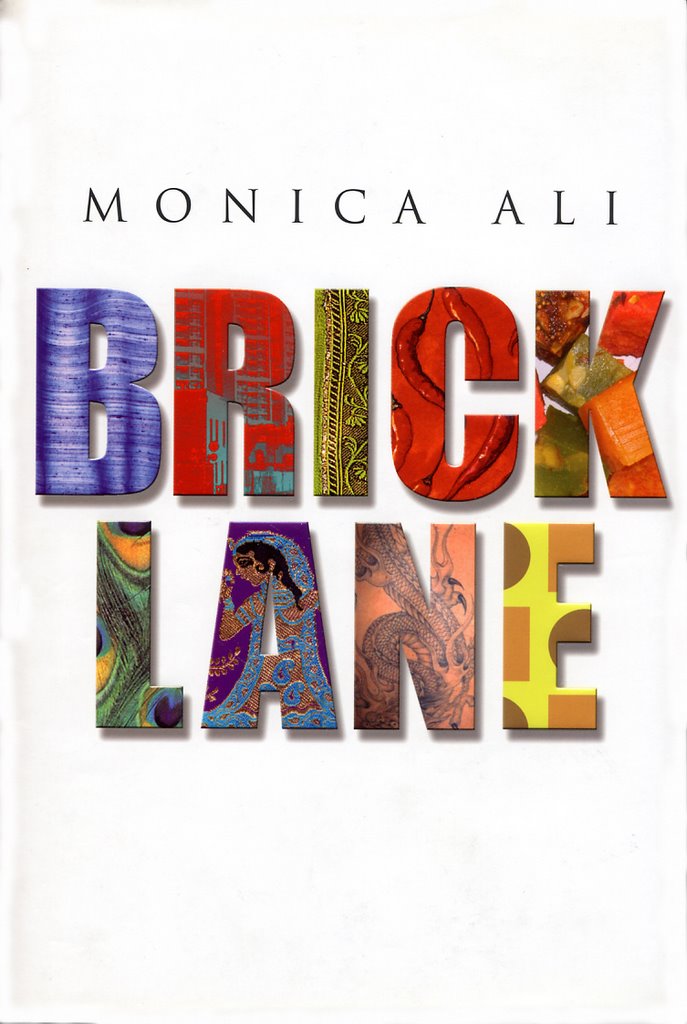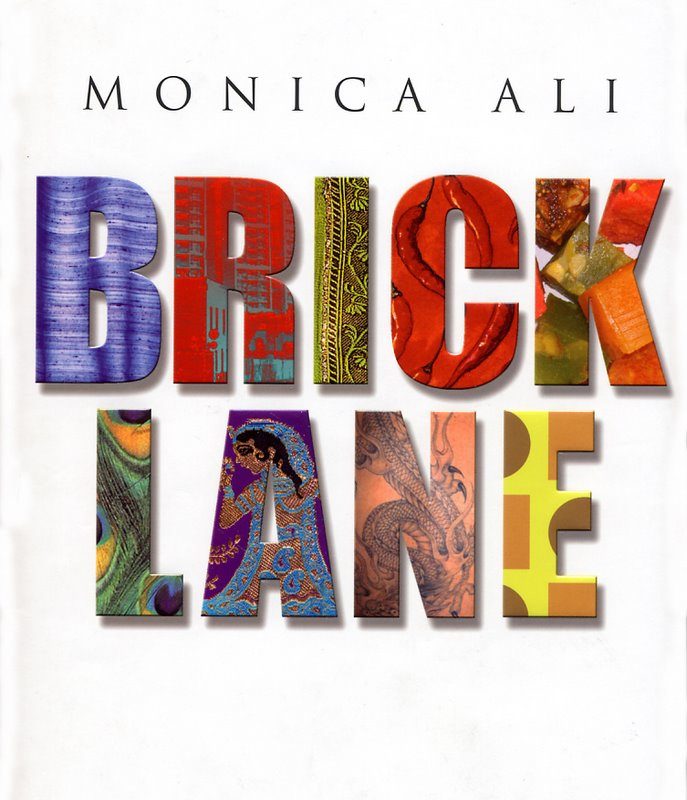Close reading of Monica Ali’s Brick Lane
C. S. Bhagya

Brick Lane is a novel whose events span decades and wide geographical distances. The narrative focus shifts from Mymensingh District, East Pakistan in 1967 to London and Dhaka in the 1980s and 1990s, and includes the 9/11 attack on the World Trade Centre in 2001, along with its impact on global politics. Ali’s novel tells a story of immigrant life in Britain through the eyes of Nazneen, a young woman who has just moved from Bangladesh after her arranged marriage to a much older man, Chanu. Running in parallel to Nazneen’s story is her sister Hasina’s in Dhaka. Rebellious even as a child, Hasina provides a foil to Nazneen’s fatalism, as she rallies against the future determined for her by her parents.
The narrative unfurls the intimate histories of multiple generations of women in Nazneen’s family, exposing how their circumstances and cultural contexts have shaped their attitudes to life. Hasina’s story shows that women who dare to dream and violate the rigid cultural expectations imposed on them inevitably face social censure and are punished for their audacity. By contrast, Nazneen evolves from a woman who believes in the complete erasure of her choices by the forces of destiny, to one who quietly learns to reclaim her autonomy.
Nazneen’s fatalism, inherited from her mother Rupban, does not get bequeathed to her daughter Shahana, whose personality is instead shaped by her upbringing in a completely different cultural landscape in Britain. The British context also informs Nazneen’s transformation, as she navigates the frequently bewildering hierarchies at Tower Hamlets, where the family lives, and the frightening sweep of London metropolitan life beyond the confines of their low-income housing estate.
Nazneen’s frustration with her husband Chanu’s “boundless doomed optimism of the self-improvement junkie” leads her on a path of sexual awakening and self-discovery. Her relationship with the much younger and more attractive Karim teaches her about her own desires and self-worth. She eventually learns to rely less on the men in her life and become financially independent.
So that when, at the age of thirty-four, after she had been given three children and had one taken away, when she had a futile husband and had been fated a young and demanding lover, when for the first time she could not wait for the future to be revealed but had to make it for herself, [Nazneen] was as startled by her own agency as an infant who waves a clenched fist and strikes itself upon the eye.
Through Nazneen and Hasina, Ali’s narrative shows how women’s lives and their bodies are entangled in networks of patriarchal and racialised forms of structural violence in both London and Dhaka. Hasina’s letters to Nazneen reveal how her first act of rebellion – elopement and marriage with her lover – has led to a life of pain and exploitation. The words of Hussain, a jute mill worker and Hasina’s acquaintance, capture the vulnerability of impoverished women like her to such forms of unseen but normalised violence after Hasina is unceremoniously fired from her factory job: “Hussain say ‘Sometime when people see a beautiful thing they want to destroy it. The thing make them feel ugly so they act ugly.’”
Ali uses the epistolary (or letter) portions of the novel to trace the passage of time, outlining the mundane and significant aspects of both sisters’ lives as they grow older and wiser in their different ways. These letters not only inform each sister about the other’s life but also emphasise the chasm between them, deepened by time and space, as they continue drifting in different directions. They also offer an important example of how different registers of language are used and examined in the novel.
Hasina, May 1995: “I pass these nights write to you sister. Flat is clean everything in good order. What I can say?”
Experiments with English in the novel underscore how the language works, by turns, as a source of both empowerment and discrimination. English, the language and its literature, becomes a channel of social aspiration for Chanu. Unfortunately, he gets a reality check about the entrenchment of institutionalised racism in Britain when he is continually denied a much-coveted promotion despite years of loyal service to his company. This event also strengthens his abstract desire to return to Bangladesh in search of a more dignified life.
“This is the tragedy,” [says Chanu.] When you expect to be so-called integrated. But you will never get the same treatment. Never.”
Just as her language use reveals the cultural and linguistic diversity of immigrant life in London, Ali also shows how religious identity shapes the experiences of these communities. Nazneen’s and her family’s Muslim identity, already the cause of brewing tensions in their rapidly gentrifying neighbourhood, provokes further discrimination as the existing undercurrent of Islamophobia only escalates in the wake of the 9/11 attacks in New York. In light of these episodes – Chanu’s failed attempts at upward social mobility, and rising instances of Islamophobia in public – it is unsurprising that the seemingly optimistic conclusion of Ali’s novel deliberately rings hollow. A year after Nazneen and her close friend Razia have started their own entrepreneurial venture, a tailoring business, Razia and Shahana take Nazneen to an ice-skating rink as a surprise. Nazneen is reluctant to enter the rink as she believes it is impossible to skate in a saree. In response, Razia says, “This is England… You can do whatever you like.” Ali ends the novel there leaving readers wondering whether that is indeed true.
Cite this: Bhagya, C. S. “Close reading of Monica Ali’s Brick Lane.” Postcolonial Writers Make Worlds, 2021, [scf-post-permalink]. Accessed 30 January 2022.
